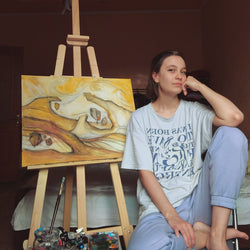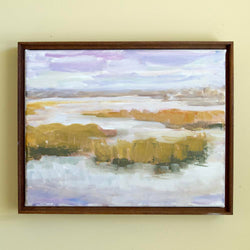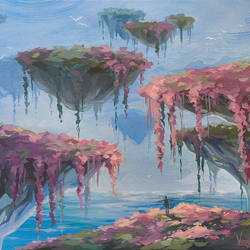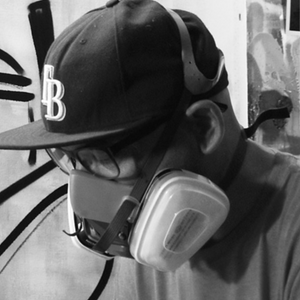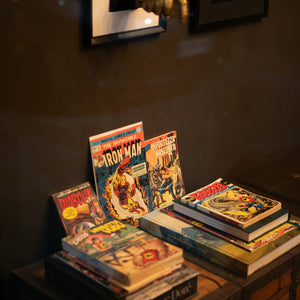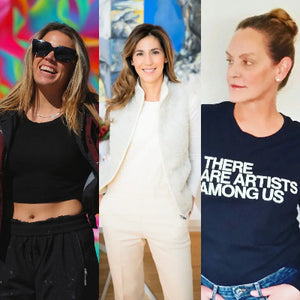The Evolution of Meow Wolf: Why Our Brains Love Unique, Immersive Art
Published July 29, 2025
The Rise of Meow Wolf

In 2008, Meow Wolf started as a self-described collective of “Santa Fe-based artists with previous and current lives as graphic designers, technologists, writers, fabricators, painters, sculptors, musicians, rat gang leaders, and shoplifters.” The group came together largely in response to the sterile, corporate Santa Fe art scene, which rewarded marketability more than unique art.
Meow Wolf’s origins are inextricably linked with the Santa Fe art scene. Senior Fabricator Geoffrey Banzhof describes it as “[a] kind of a perfect storm of people, place, and time that supported, produced, and opened the portal that carried us to where we are today.”
It took a dense eight years to launch their first major installation, House of Eternal Return. It’s a rare case of the chaos of the journey perfectly matching the art of the destination. In their origin story documentary, Meow Wolf creators talk about the extremely humble origins of the now internationally recognized group.
They shared rooms, split their time between creating, and worked artistically empty jobs to pay the bills. They even participated in the time-honored tradition of dumpster diving for art materials.
House of Eternal Return wasn’t entirely pulled together from the bins. Meow Wolf CEO Vince Kadlubek had previously worked a marketing job for fantasy author George R.R. Martin, a Santa Fe local. He’d even brought a project folder from a smaller Meow Wolf project to his interview.
Long after leaving his job, Kadlubek contacted Martin about investing in Meow Wolf’s effort to establish a permanent Santa Fe installation. Martin bought them a bowling alley, the site of House of Eternal Return, which would go on to make the headlines in art news circles in March 2016.

House of Eternal Return: Unique Art You Can Touch
Meow Wolf’s first installation is a master class of immersive art. It’s a story you can experience in every sense of the word and every sense of the body. It’s 20,000 feet of space you can walk through, touch, hear, smell, and really experience the story of the Selig family, whose disappearance is at the center of a reality-warping mystery.
In practice, it looks like the set of Alice in Wonderland got into a fight with Star Wars and Blue Velvet, and they all won. But it’s not just about looks; this is art you can explore with mysteries you can unravel, and the depth of creativity is the reason Meow Wolf would become the face of the immersive art trend.
Meow Wolf Now: From Art Collective to Creative Brand
Fast forward to today, and Meow Wolf is no longer just an artsy collective in Santa Fe. It's a bona fide business with locations across the U.S. From Santa Fe to Houston, Grapevine, Denver, Las Vegas, and (soon) Los Angeles.
The success of House of Eternal Return proved that people wanted more than just a passive viewing experience; they wanted to be the art, to immerse themselves in it, and to shape their own journey within it. Meow Wolf capitalized on this thirst for the unconventional by adding even more installations that are as much about creating an emotional connection as they are about pushing the boundaries of what art can be.
These aren’t just art galleries—they’re full-on interactive experiences, often built into massive, re-imagined spaces that are part art gallery, part theme park, part jubilant fever dream. It’s really cool, but growth necessitates change, and some of that plucky art collective chaos had to transmogrify into corporate efficiency just to keep up with their rapid growth.
Why Do We Love to Be Part of the Art?
Meow Wolf’s exponential growth is incredible, but it’s not an accident. It’s brain food. Immersive art gives us something our brains crave: a novel, multi-sensory experience.
There’s a well-documented neurological response to immersive art, and you don’t need to look far to find it. Just ask a few million people passing through Anaheim.
Concluding Thoughts
Alex's Hot Take:
Immersive art isn’t just a passing trend, it taps into something deeply wired in us. When we step into worlds like Meow Wolf, our brains light up. Neuroplasticity kicks in, memories form, and we’re suddenly part of something bigger than observation, we’re experiencing, interacting, and evolving. It’s the kind of creative stimulation that sticks with us long after we leave.
From Disney’s themed lands to repurposed bowling alleys turned into wormholes, our appetite for sensory-rich, reality-bending spaces keeps growing. And artists are meeting the moment, whether through Meow Wolf’s wild storytelling, teamLab’s digital dreamscapes, or the continued draw of the Van Gogh Immersive Experience. The future of art is interactive, unpredictable, and boldly imaginative. The only real question is: just how strange, and how brilliant, can we let it become?


